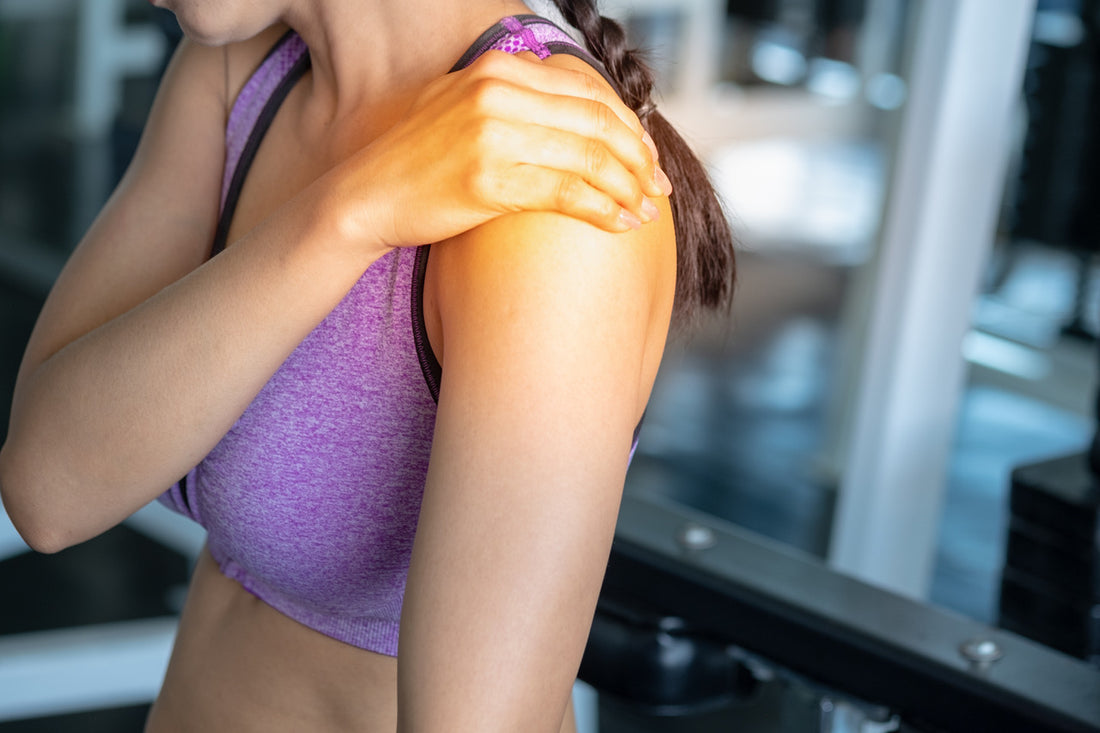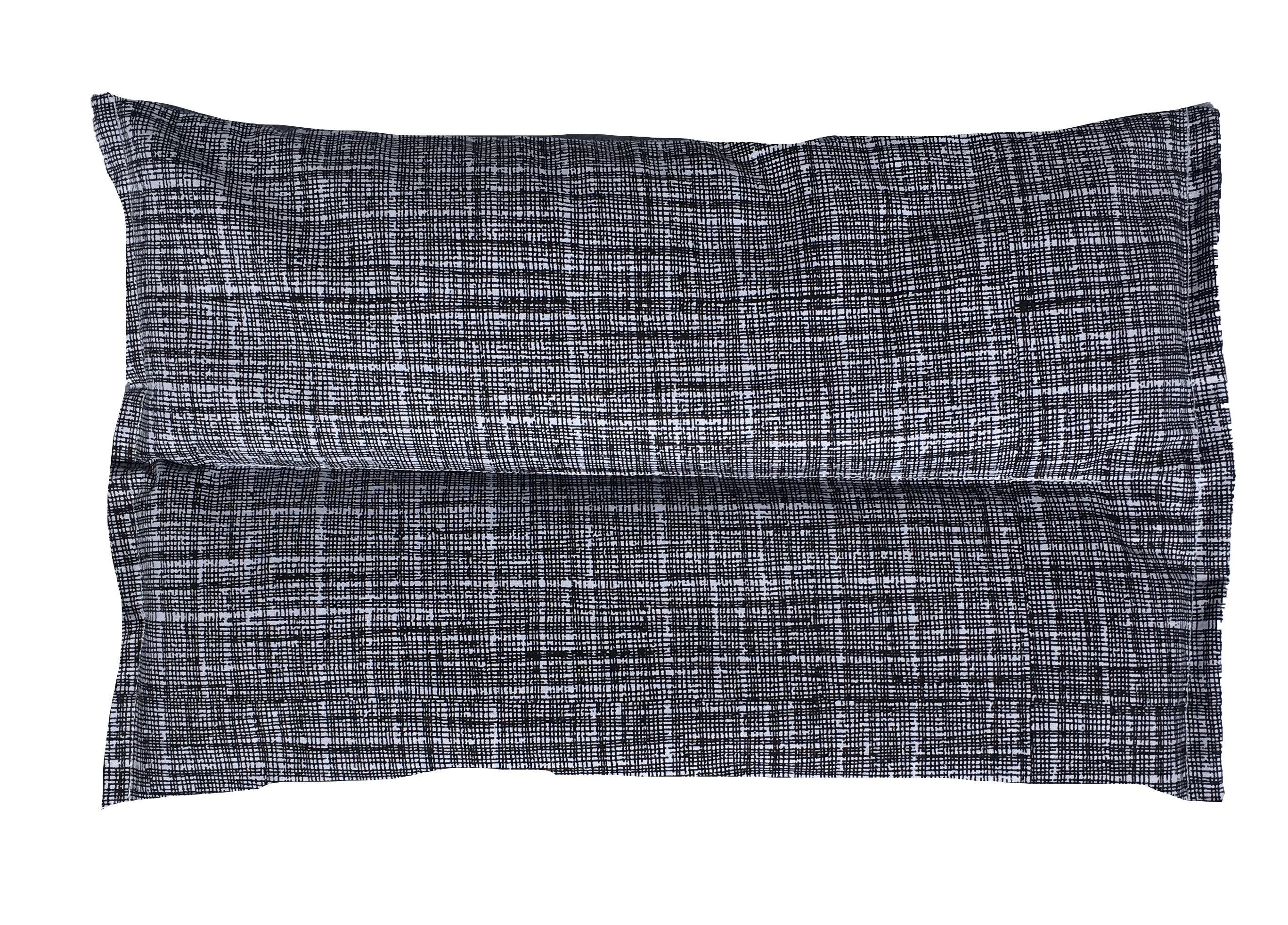Did you know that your shoulder is one of the most flexible joints in our bodies? It's also susceptible to injury. Many conditions can cause pain and discomfort, ranging from just plain old stress or strain up to rotator cuff problems!
The good news about these common issues for shoulders is that they are easy enough solutions when appropriately treated with heat therapy. The natural original pain reliever helps ease any aches caused by intense suffering.
Read on to discover what's helpful to know about shoulder pain:
Causes
One potential cause of discomfort in the shoulder is the wear and tear on tissues with age. As you get older, these muscles can break down more quickly than they used to due to injury or overuse by moving your arm incorrectly while at work, for example.
Pinching a nerve could also result from an improper positioning leading up to this point, where it causes pain nearly throughout the shoulder.
Whether there are occasional aches here and it isn't uncommon either - our bodies are trying their best to help us stay healthy 24/7! So when should someone worry? When an underlying issue goes untreated long enough without being addressed properly.
Sitting or standing at a computer all day will put undue stress on your back. Not only is it developing unnecessary aches, but if bad posture becomes consistent, it will be challenging to move around freely without physically feeling the effects on our joints - tight shoulders may also develop from regularly spending too much time in front of screens!
Symptoms of Shoulder Pain
The symptoms of shoulder pain can vary depending on the cause and severity of the injury or condition. Some common symptoms of shoulder pain include:
- Pain in the shoulder joint, especially when moving the arm
- Stiffness in the shoulder joint
- Weakness in the shoulder joint
- Difficulty moving the arm
- Clicking or popping in the shoulder joint
- Tenderness over the shoulder joint
In some cases, shoulder pain may be accompanied by other symptoms, such as:
- Swelling of the shoulder joint
- Redness of the shoulder joint
- Numbness or tingling in the arm or hand
- Fever
- Night pain
Here are some additional things to keep in mind:
- The pain may be sharp or dull, and it may come and go.
- The pain may be worse when you move your arm in certain directions.
- The pain may radiate to your neck, upper back, or arm.
- You may have difficulty sleeping on the affected side.
- You may have difficulty performing everyday activities, such as lifting objects, reaching for things, or getting dressed.
Remedies
If your shoulder pain results from a sudden injury, such as a pull or strain from sports, lifting, or other physical activity, it's best to ice the area immediately until the swelling goes down. One convenient solution is the Original Sacksy - Microwavable Aromatherapy with Hot & Cold Sack. Designed to conform to the area of your body that needs healing or cooling therapy, this cold sack is excellent for helping to reduce swelling and improve blood circulation after an injury.
SACKSY THYME Aromatherapy Original Sack, Microwavable Heating Pad:
With a hot bath, you can do something at home to reduce shoulder strain or discomfort. The salt is meant to relax muscles, and it helps to increase blood flow as well! Other remedies for these painful conditions include Staying hydrated by drinking enough water daily. Massaging the area every few hours when possible (but don't overdo it) and getting rest if needed so that your body has time to heal itself before going back into stressful situations again.
Heat Therapy
There are many ways to relieve your tension, stress, and discomfort in the shoulder. One of these is applying heat to it. You can do this with hot towels, steam baths, or heating pads. Designed specifically for the neck and shoulders, the Sacksy Microwavable Neck Wrap helps naturally alleviate stiff neck and shoulder tension by providing the perfect balance of moist heat.
Sacksy Thyme microwavable neck wrap for neck pain:
Our Sacksy Microwavable Neck Wrap helps alleviate stiff neck and shoulder tension naturally by providing the perfect balance of moist heat. Thoughtfully designed to give you the option of either a fleece or cotton side, and made with eight heat emitting chambers to keep the filler in place. Retains heat for up to 20-30 minutes, which is the recommended timeframe for hot and cold therapy.
It is thoughtfully designed to give you the option of either a fleece or cotton side and is made with eight heat-emitting chambers to keep the filler in place. Retains heat for 20-30 minutes, the recommended timeframe for hot and cold therapy.
Perfect for those looking to release neck and shoulder tension from "text neck" or a long day at the office.
Let Sacksy thyme heating pads bring comfort to your shoulders.
When to use heat for Shoulder Pain
Applying heat to your shoulder will increase the flow of blood to the region, which is beneficial for any symptoms that could be caused by lack of circulation. Applying heat to your shoulder can be beneficial for treating frozen shoulders or stiffness and muscle spasms. It could aid in relieving arthritis discomfort.
It also helps relax tense muscles. If you apply something hot to your body, the receptors for heat in your skin eliminate the chemical trails that transmit pain signals to your brain. So, it's an excellent option for general pain relief as well
We suggest using an herbal heat pad to ease shoulder pain because it gives you complete control over the temperature you apply on your shoulder, and it'll remain on all the time you want to.
The best heat pads, like the Sacksythyme heating pads, are constructed from soft, comfortable materials that can be placed directly on your shoulder without the chance of burning, giving you the freedom you wouldn't receive from warm water bottles.
Based on the pain location, you could prefer a specialized shoulder and neck heat pad that is secured to your neck and draped over your shoulders.
When to use cold and Ice to treat shoulder pain
There are many instances where football or rugby players get hurt with injuries, prompting the physiotherapist to arrive with a cold pack and a cooling spray. Why is this? It is because, after an injury, the body pumps more blood to the injured area to ensure it can begin healing. Sometimes, blood or other fluids could spill into the surrounding tissues, causing the affected area to be swollen, inflamed, and warm.
A cold wrap applied to the injured area narrows your blood vessels, limiting blood circulation into the injured area and decreasing swelling. A cold therapy pack is the best option if you've sustained an injury during a workout! Cold packs can help decrease any swelling resulting from arthritis or other ailments.
SACKSY THYME Cold Therapy Pack for Shoulder Pain:
The Pack ensures maximum effectiveness and durability. It is easy to use and can be applied directly to the affected area, providing instant relief and promoting healing. Whether it is a result of an injury, overuse, or chronic condition, the SACKSY THYME Cold Therapy Pack is a reliable and efficient solution for shoulder pain sufferers. Say goodbye to discomfort and hello to comfort with the SACKSY THYME Cold Therapy Pack.
In addition, the cold can have the effect of numbing nerves, which can make shoulders less painful. Make sure to wrap your Cold packs in cloth or towel to avoid the risk of ice burns.
Remember to use cold to reduce swelling and heat to improve mobility.
Prevention Methods
One of the best ways to avoid shoulder pain in the first place is by practicing prevention methods. It means ensuring you don't overextend or overwork your joints and muscles and getting enough rest after an arm workout or stressful day, specifically for those who suffer from chronic issues such as arthritis! Yoga can help improve flexibility while strengthening exercises relieve stress in these sensitive areas. Here are some simple stretches:
The Chair Twist:
The twist to the right is a simple yet effective move that can be done while sitting in your desk chair at work or home. Start by sitting straight with knees together and your left hand placed outside your right thigh.
Slowly turn clockwise until fully faced towards it, then push gently against this side for several seconds before switching sides, repeating the same technique but going counterclockwise.
Cross Stretch:
The arm-across-chest stretch is a prevalent one among gym-goers and runners. With your right arm by your waist, reach behind your left elbow to pull it across your chest while keeping good posture with no pain involved! Hold for about 1 minute before switching sides
you should do this exercise slowly. so as not to hurt either side of the body ́til they have become accustomed enough
Head Tilt:
Stretching the neck is suitable for your shoulders, too. Tuck your right cheek to your chest with your head down and roll slowly from side to side in both directions.
Shoulder Rolls:
To enhance spine alignment and alleviate shoulder tension, you can perform the following stretch. Sit up straight with proper posture and initiate the movement by rolling your shoulders in a forward direction, then upwards, and finally backwards in a circular motion. It is beneficial to repeat this sequence multiple times to experience the full benefits of the stretch.




